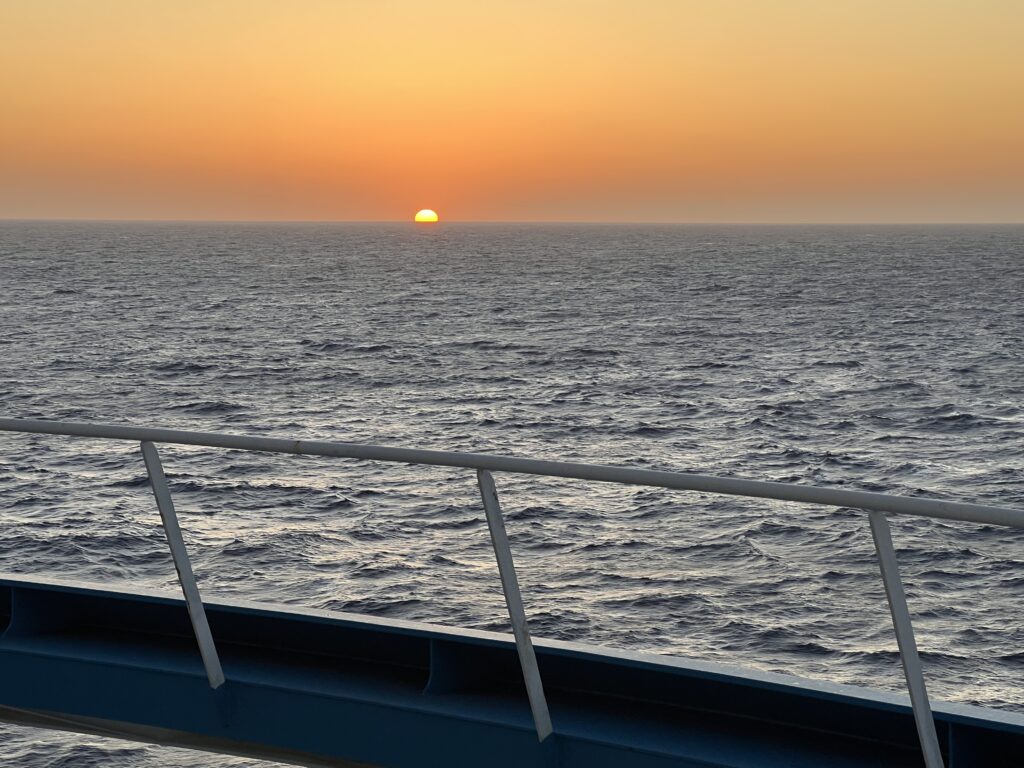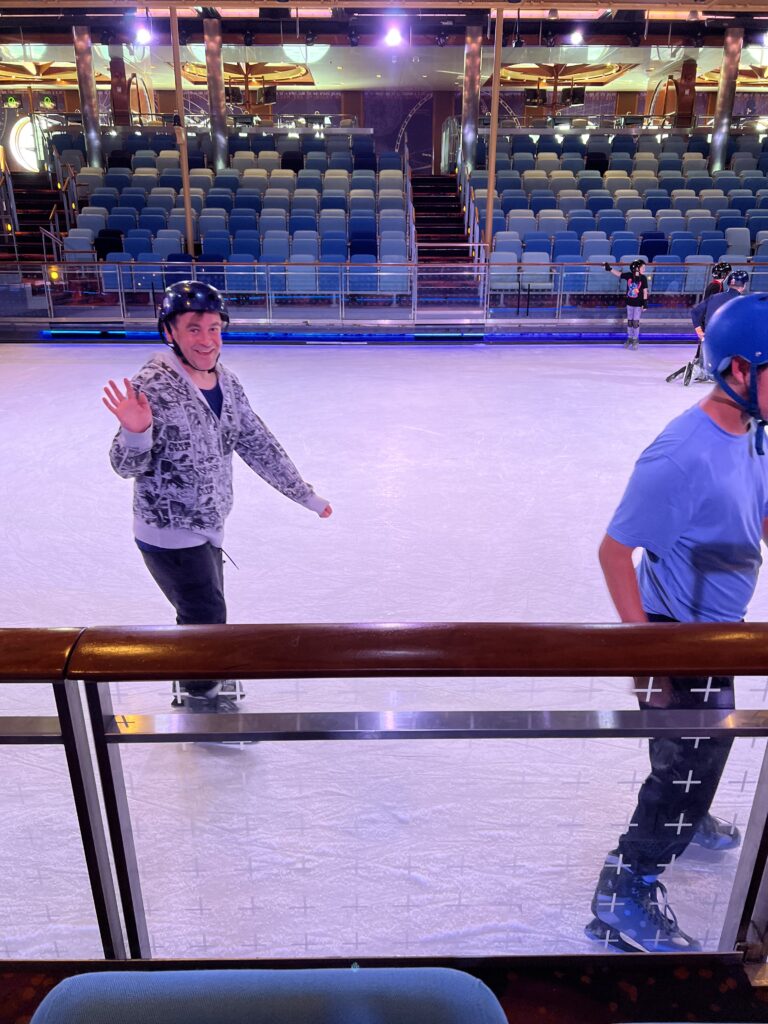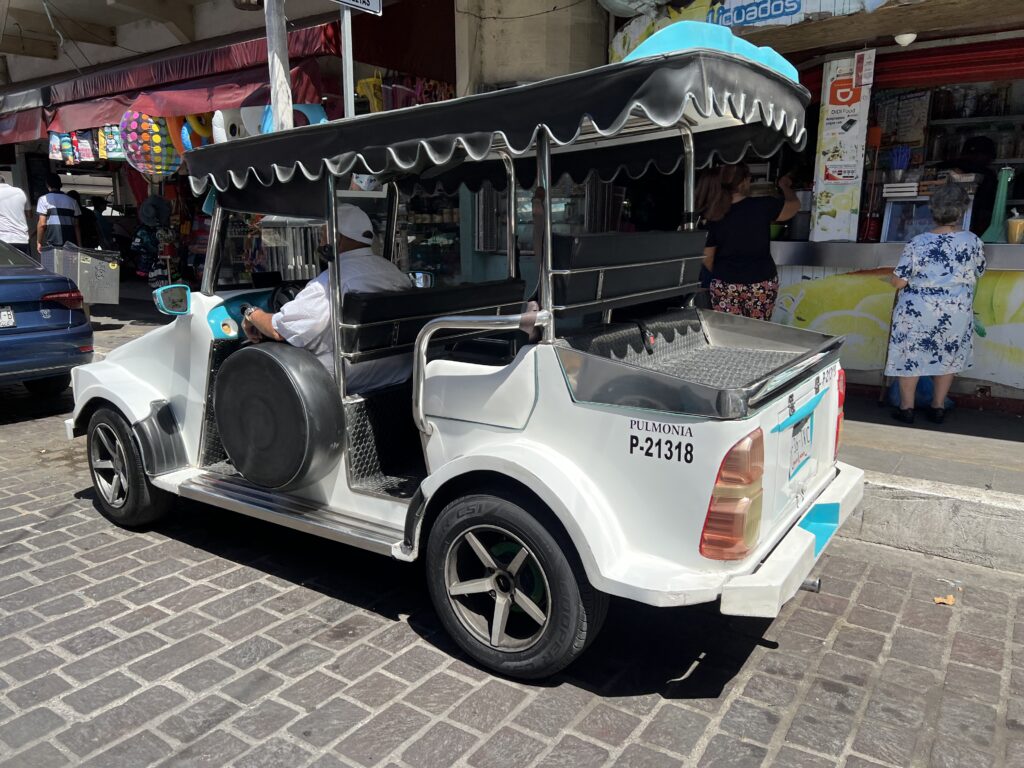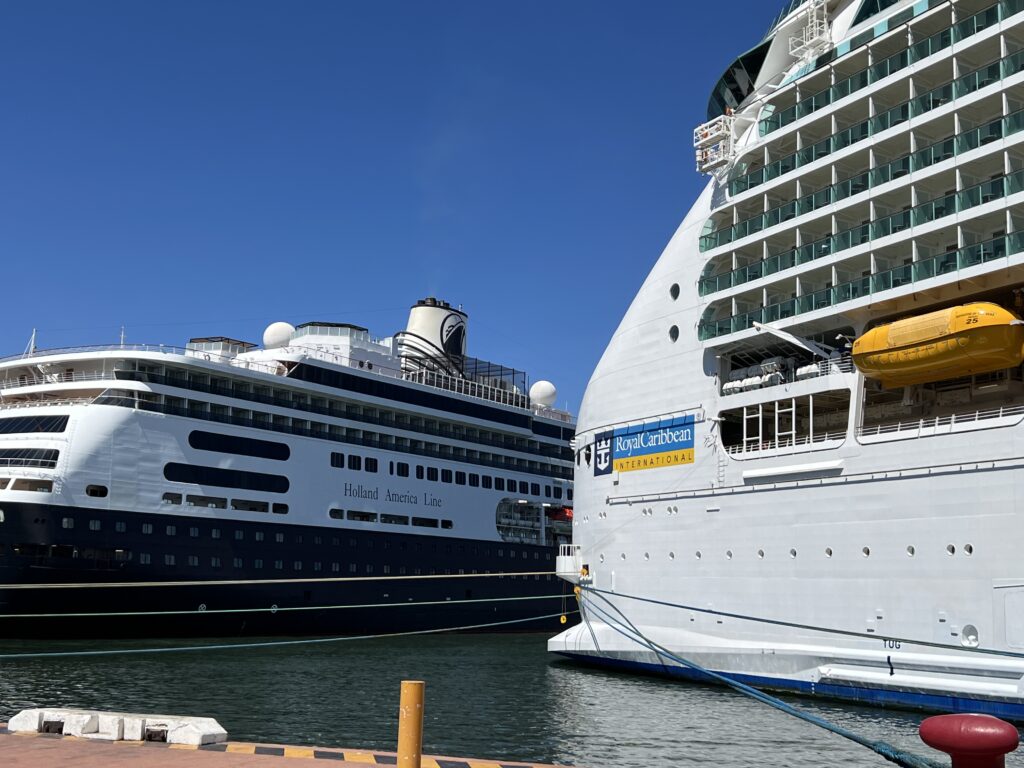
I’ve become more familiar with the world of cruising over the years; my spouse practically grew up cruising, and from him and his broader family have been learning the lay of the land (or sea, as it were) on this mode of travel. The travel-savvy are aware it has more than a few distinctions from terrestrial holidays.
For one thing, cruising operates at a different cadence. Since it’s rarely a mode of transit anymore, there’s less provision for the sort of efficiency frequent travelers expect. You might wait awhile for luggage to arrive in your room the first evening (seen that); if you get a random bout of nausea and a few, uhm, expulsions, they may confine you to quarters (ditto); if you encounter a mishap, expect to wait in a long line at the cruise services desk—and then not always find an expert at the other end to solve your problem (haven’t we all).

But there’s one more distinction, particularly from airlines: there are hardly ever mistake fares in cruising, and little if any standard in the industry on how they’re handled and honored. In the air travel industry, whole websites have emerged to harvest mistake fares and pass them on to eager travelers; as a rule, airlines have largely accepted these.
So it was with more than a little trepidation that we showed up at the Port of Los Angeles one uncharacteristically cloudy April day to see how our intended seven-day journey down to Mexico would end up.
It began nearly two years ago, when Mathew, scoping out future travel, spotted a fare for a two-bedroom suite on a seven-day Mexican Riviera sojourn that seemed impossible. And yet, with the aid of a travel agent family member, we learned it was legit, and the booking went through with no issues.

There’s really no standard in the travel industry for what constitutes a “mistake fare.” Technically these are those fares entered into the system by accident at an absurdly low price—$50 instead of $5,000 for an international long-haul business class seat. Occasionally these are even put out by the airline itself in order to move perishable inventory. But if your too-good-to-be-true fare disappears within hours, and is never acknowledged in any promotions, it was probably a mistake fare.
This particular outing was on a ship we’d been on before—on my first cruise, in fact, way back in 2014. The Navigator of the Seas, a ship going back to the late 1990s, had been recently refurbished—“amplified,” in Royal Caribbean parlance—and though we’d grown blasé about more basic amenities on mid-range cruise lines, the opportunity to do this one up suite-style was most intriguing. We’d been on a couple of base-level suites on shorter cruises in the past, and even at that level relished the difference: the staff are expertly trained in hospitality, to the point that our little guy’s practically become friends with some of them. Reservations for shows, escorted expediency in boarding and disembarkation…it’s something of a business class experience for a leisure-style activity that abolished Titanic-era classes decades back.
So would we get all that this time?
Having found the fare, Mathew felt especially nervous as we unloaded at the terminal. But as we arrived, boarded, and made our way onto the ship, everything went smoothly. We were immediately impressed by the refurbishment; it made this almost three-decade old ship feel fresh. The Voyager-class ships were the first to boast a large open indoor promenade spanning multiple decks, and it remains a striking feature of this vessel and the newer ones that have literally expanded the concept.

Were we stressing out more than we needed to? Maybe. Then again, it’s probably no surprise to many that the dimensions of our travels have transformed over the years. Sometimes I wonder if in my solo years I was trying to recapture the experience of being a child on family trips: that comforting sense that everything’s already planned out for you, that never-before-experienced adventures await. As an independent adult, once you get good enough at providing for and entertaining yourself, you can almost make it feel that way again.
But throw a spouse and a child into the mix? Faced with the challenge, some utterly refuse to travel while they have small children. Some others are well-to-do enough to leave the little ones at home with a nanny, or, (talk about real suite lifestyle) actually bring the nanny with them on holiday. We’re not too big on the former, and so far aren’t quite the latter either. If there’s one thing that both Mathew’s and my passion for travel bring forth, it’s the notion that Leon won’t be the kid who never goes anywhere—and, more significantly, that he’d be the kid who’d want to go anywhere.
Sure, that’s great from his perspective, but as an adult with said little one, the experience becomes one of tour operator rather than tourist. Far fewer things can readily be left to chance. I’d once been thought of as an over-planner, but back then that really only meant sketching out the broad strokes of an itinerary as budgeting required: hotel and plane tickets in advance (sometimes not much in advance), and all good. I didn’t need to know what day I was going to see the Eiffel Tower, or for how long I’d trek among the ruins of Machu Picchu or Angkor Wat. I could stay out all night if I wanted (and even did, now and again).

But that was then. A bored, frustrated, hungry or fatigued child erases all that, and can turn spontaneity into a nightmare.
This, perhaps, is one panacea of cruising, which suite class only augments. We felt our first wave of relief when our amiable concierge welcomed us to the lounge (a space cleverly carved out of the ship’s topmost deck), and mentioned he’d already booked us times and tickets on hard-to-get ship activities. This has always been a bit of a thing with cruising, especially so in recent years as this travel mode’s popularity has soared. Since you’re literally a captive audience, scarce, in-demand activities turn into a Darwinian scramble for showtimes and reservations.

In our case, he’d booked us times at the ice skating rink—yes, I remember this from our first cruise on this vessel; as a native-born Canadian I always joke that we’re issued skis and skates at birth, meaning I have to try skating on a ship even though I sort-of suck at skating (Mathew’s better, in spite of having grown up in California). Though Leon wasn’t too keen on trying this out just yet (no worries, kiddo, snow’s easier to fall on anyway so still hoping for a skier), both Mathew and I had our go. Pro tip: it may be a refrigerated ice rink, but all that activity warms you up quickly. Dress in layers.
We didn’t get off at our first port, Cabo San Lucas, as it required a tender and, once more with a small one, excursions of this kind become a bigger logistical endeavor. On top of that, I’d been to Cabo before years back, and while it’s a fun destination with a nearby historic town on the other side of the peninsula (San Jose del Cabo, the second “Cabo” in Los Cabos), it wasn’t as memorable a spot as others.

Since our last stop—and, so far, my favorite spot in Mexico from travels past—saw the ship dock a good distance from the center of town, we didn’t get to see too much of Puerto Vallarta. We strolled around some local markets (after navigating the maze of its cruise terminal, for which the phrase “exit through the gift shop” is an understatement), and did another little reconnoiter.
Suite class or not, we did out utmost to enjoy this ship’s offerings on this slightly chilly April cruise down Mexico way: the roving piano player who rolls in and out of elevators with showtune renditions; the eateries which offer an elevated experience (here, too, things have changed: cruising used to include high-tone food, going back to the days of ocean liners; nowadays, main dining fare is just alright, and higher-end chow is more often had for a moderate fee); the game of laser tag; the towel animals (Leon started a collection of these on the nightstand in his bedroom); the exceptionally good ice show put together by the performers themselves.

Also, any concerns about intimidation or family-unfriendliness in suite class evaporated from minute one. On top of staff, who were terrific, we also met a colorful, diverse panoply of fellow suite guests (some of whom may or may not have scored the same fare): a family from Vancouver, Canada whose Mom’s a travel agent (lots to discuss there); an older couple from Southern California—one a former tech-finance director, another a kindergarten teacher—who likewise took a shine to the little guy, while somehow simultaneously holding equally great conversations with the grown-ups.
Since this was an Easter cruise, there was a holiday-themed egg hunt, a search for eggs containing little rubber duckies Royal Caribbean has tried to adopt as a mascot. On our last night, Leon arranged these on the tub, all in a row, mirroring the days and nights on this vessel. He may not have realized it, but it made for a fitting tribute to an adventure where the uncertain and unexpected combine to build the meanings and memories that are for me travel’s raison d’être.
Here’s to (accidental) suite life!













